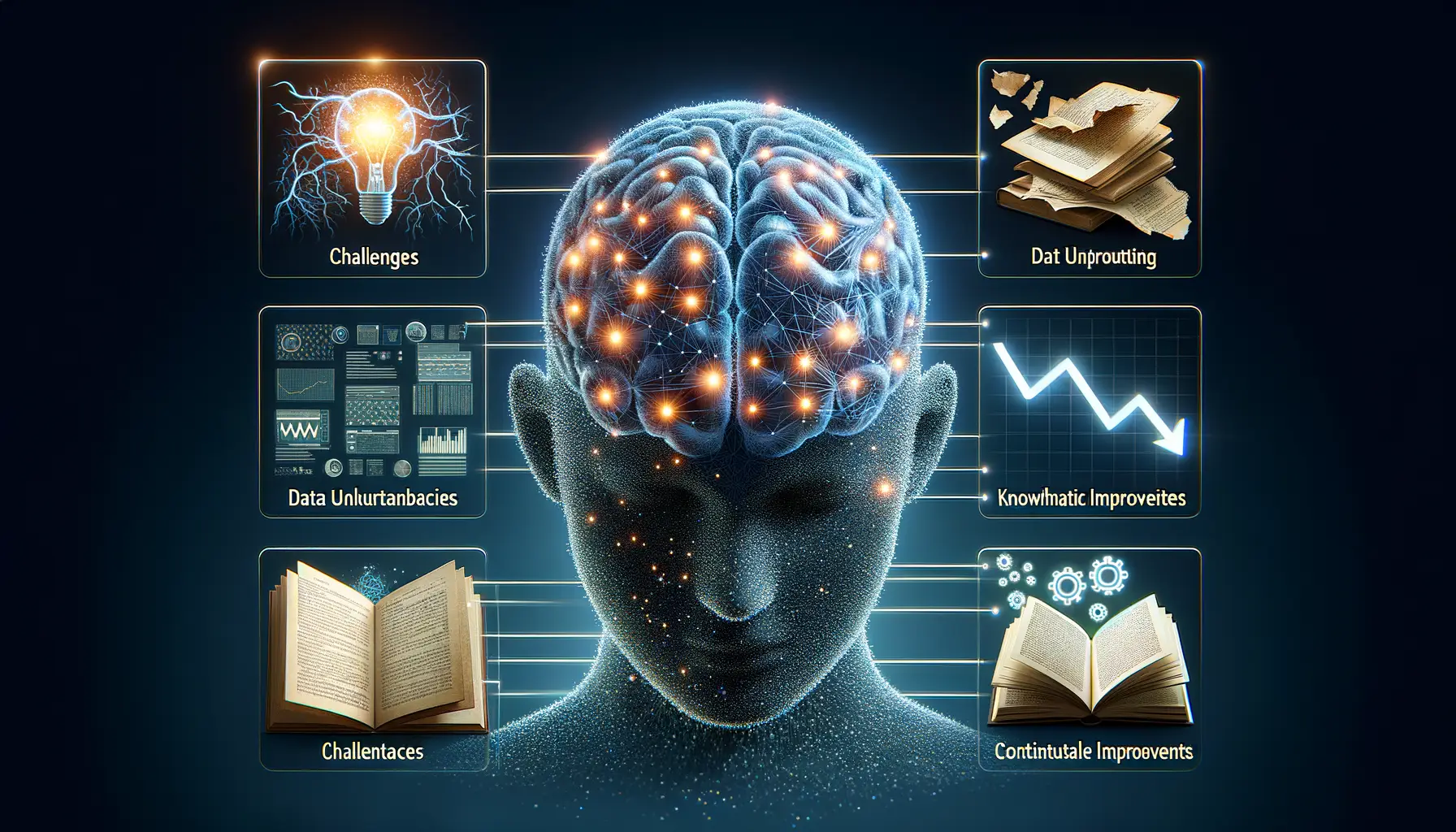Understanding Sentiment Analysis and Its Importance
What Exactly is Sentiment Analysis?
Imagine being able to read a room without actually stepping into it. That’s what sentiment analysis does—it’s like having a superpower that deciphers human emotions from text. Whether it’s a glowing product review, a sarcastic Tweet, or a frustrated customer email, sentiment analysis boils it all down to: Is this positive, neutral, or negative?
But it doesn’t stop there. It reads between the lines, recognizes irony, and even picks up on subtle cues. For instance, “Thanks for fixing that… finally” isn’t exactly dripping with gratitude, is it? Using machine learning and AI, this technology can capture nuanced emotional tones.
Why Should You Care About Sentiment Analysis?
The emotional undertones of your users’ language are pure gold when it comes to building better apps. Here’s why it matters:
- Build deeper connections: Understand what your users love—or hate—about your product, and react in real-time.
- Boost retention: Spot negativity before it spirals into churn. A small tweak could save a long-term customer.
- Stay competitive: Offer a more personalized experience than your competitors by showing your users you “get” them.
Sentiment analysis isn’t just about understanding words; it’s about tuning into emotions—turning raw feedback into actionable insights that drive better decisions.
AI Technologies Powering Sentiment Analysis

The Brains Behind Sentiment Analysis
Ever wonder how mobile apps can almost *read your mind*, gauging whether a review radiates joy or drips with frustration? It’s not magic—it’s a symphony of cutting-edge AI technologies working behind the scenes to decode emotions from text, emojis, and even voice tones. These tech marvels are like linguistic detectives, piecing together clues from every word you type. Here’s a quick tour:
- Natural Language Processing (NLP): Think of NLP as the translator that helps machines understand human chatter. It breaks down sentences into digestible pieces—finding emotions hidden in phrases like “ugh, so frustrating!” or “love this app!”.
- Deep Learning Models: These are the brainiacs of AI, trained on vast oceans of data. They don’t just skim the text; they recognize context, sarcasm, or even when a smiley face changes the tone.
- Text Classification Algorithms: These models categorize everything, from happy outbursts to critical complaints, ensuring responses are swift and targeted.
Thanks to these powerhouses, apps don’t just see words—they sense *feelings*. It’s like your app is wearing an invisible emotional stethoscope, always ready to gauge the pulse of its users.
Steps to Integrate Sentiment Analysis into Mobile Apps

Breaking Down the Integration Process
Ready to infuse your mobile app with the power of emotion? Let’s make it happen step by step! Whether you’re building from scratch or adding sentiment analysis to an existing app, the process can feel like assembling a puzzle—and each piece plays a crucial role. Here’s how you can get started:
- Understand your goals: Are you trying to fine-tune customer feedback? Monitor social media chatter? Define your purpose clearly—it’s your North Star.
- Pick the right API or library: Consider tools like Google Cloud Natural Language API or open-source favorites like Hugging Face. Match the tool to your app’s needs and performance requirements.
- Train your AI model (if needed): Got your own dataset? Great! Feed it to your model so it learns what *you* care about—for instance, distinguishing between “angry” and “constructively critical.”
- Integrate and test: Code the algorithm into your app’s backend and let the testing phase begin. Analyze actual user emotions and tweak where necessary.
- Optimize for speed: Nobody likes laggy apps. Use edge computing or caching strategies to keep the analysis seamless.
Personalizing Sentiment Analysis for Your App
Integration isn’t just about functionality; it’s about reflecting your app’s *identity*. For instance, if your app is a fitness tracker, why not detect motivating vs. frustrated language in user logs? Or if you’re working on a food delivery app, tailor responses to positive reviews (“Thanks for loving us!”) or negative ones (“We’re sorry! Here’s 10% off your next order.”).
This is your chance to give your app a personality that *connects* with users—empathy powered by AI. Sentiment analysis doesn’t just enhance features; it builds relationships.
Use Cases of Sentiment Analysis in Mobile Applications

Transforming Customer Feedback into Actionable Insights
Imagine opening a mobile app and feeling like it truly “gets” you. That’s the magic of integrating sentiment analysis. By diving deep into customer feedback, apps can decode emotions behind words—whether it’s a glowing review or a frustrated plea for help.
Picture this: a fitness app analyzes user comments like “Love the workouts, but the UI frustrates me!” Through sentiment analysis, developers pinpoint both applause and annoyance, enabling quick fixes. It’s like having a magnifying glass that turns whispered complaints into actionable improvements.
Here are just a few ways apps are thriving with this tech:
- E-commerce: Personalize recommendations by understanding if users adore or loathe recent purchases.
- Social Media: Flagging harmful or toxic posts while also encouraging positive conversations.
- Customer Support Apps: Prioritize interactions marked “urgent” based on negative sentiment.
Boosting User Engagement with Emotional Intelligence
What if your favorite music app doesn’t just suggest songs but matches your mood? Sentiment analysis can make apps feel emotionally intelligent. For example, a journaling app detecting melancholic entries might gently suggest uplifting prompts.
By tapping into raw emotions, mobile apps shift from being tools to becoming empathetic companions. Isn’t that what we all want?
Challenges and Best Practices for Implementing Sentiment Analysis

Common Roadblocks to Watch Out For
Building sentiment analysis into your mobile app may sound like giving your app a sixth sense, but it’s no cakewalk. One of the trickiest challenges? The sheer diversity of human language. Think about sarcasm, regional slang, or phrases with double meanings—your sentiment model could interpret “Oh, fantastic” as a positive remark when the user really means, “This is awful.” Misinterpretation can make the experience feel disconnected or frustrating.
Another hurdle is ensuring cultural sensitivity. For example, emoji usage varies wildly between demographics. A simple 😅 might express nervousness in one culture but light-heartedness in another. If your app ignores these subtle differences, it risks alienating users. And don’t get me started on typos or shorthand (“gr8,” anyone?)—they’ll mess with your AI’s accuracy if it’s not well-trained.
- Data quality: Feed your AI poor-quality, unbalanced training data, and you’ll end up with biased or inconsistent results.
- Privacy concerns: Sentiment analysis often involves processing personal user feedback. Mishandling this data? Trust gone, reputation damaged.
Smart Practices for Building a Reliable System
The good news? These obstacles aren’t insurmountable. First and foremost, invest time in diversity when curating training data. Include accents, colloquialisms, industry jargon—you’re teaching your AI to “speak human.”
It’s also essential to retrain your model periodically. Language evolves (remember when “lit” meant something else entirely?), so your AI will need regular updates to stay sharp.
And please don’t overlook edge cases! Think beyond generic feedback like “This app is awesome.” What happens when someone writes a mixed review? “Great design, but crashes constantly.” Fine-tune your model to handle complexities instead of defaulting to 50/50 predictions.
By viewing sentiment analysis as a living, breathing system requiring care and nuance, you’ll set yourself up for success.



